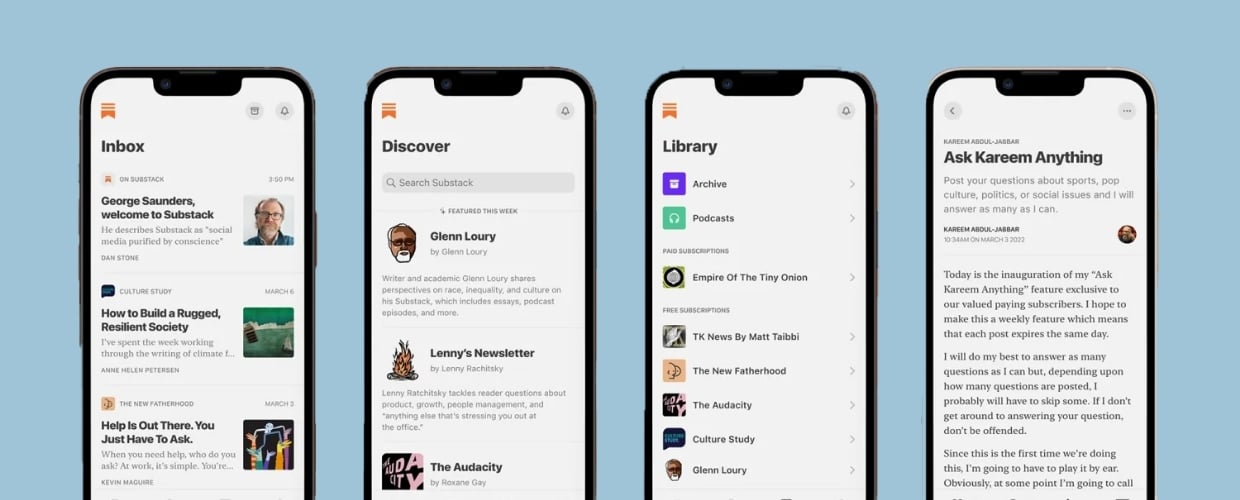So, you have an important announcement to make. You’ve tailored your messaging to all the communication channels in your marketing mix, scheduled an email blast, drafted some compelling social copy, and captured photo and video content for your social channels. Everything is set up for a huge splash.
At the internal all-hands meeting to celebrate your team’s hard work, you’re feeling pretty good. Just as you’re ready to pop the champagne, someone on your team says these fateful words:
“Should we do a press release?”
In too many cases, this question is asked at the very last moment. And once it’s posed, it often introduces new questions and complications, like a honking goose disrupting the ducks you already had lined up in a neat little row:
- “What should the press release include?”
- “Can we get a solid quote about the announcement from our executive team?”
- “How do we make it interesting?”
- “Will anyone care?”
Depending on who you are talking to, the answer to the last question will be, “Of course they will! This is so important; how could people not care?”
The sad truth is, announcements aren’t newsworthy 100% of the time. In fact, there is a case to be made that when you are looking too closely at your announcement, you lose the big picture: What makes this announcement interesting to the media and your target audiences, not your internal team? What are the things that make it impactful, timely, and clearly understood?
In other words, what makes the announcement newsworthy?
Here are three ways to ensure your next announcement will make a splash outside of your company’s walls.
Think “Outside-In” to Optimize Impact
Making your announcement impactful is easier than you think. You simply need to prioritize your audience instead of your brand.
For instance, let’s think about how a medical institution would share the news that they have developed a new treatment for a common disease. Health reporters at local/regional daily newspapers are going to be interested in how this new treatment will impact local hospitals and how many residents in the area with this disease will now have access to it.
Conversely, if you are looking to engage with national news outlets and journalists, they will be more interested in how the treatment can meet the needs of patients across the country.
In both examples, the impact on audiences is what makes the story newsworthy – even if the announcement must be positioned differently to attract journalists at the regional and national levels. With that in mind, consider how your announcement aligns with local and national trends or data. Relevant data points will align your announcement with big-picture newsworthy events, providing context and validation to your own narrative.
Timing is (Almost) Everything
In order to assess whether your announcement is timely, you’ll need a real-time understanding of industry developments, trends, and competitive news.
The concept of timeliness is nuanced and fluid. It goes well beyond making an announcement during a notable event or tradeshow, such as an automotive company launching a vehicle at the LA Auto Show or the North American International Auto Show in Detroit.
Optimizing the timing of your announcement involves tracking major stories in the news, announcements from competitors, and big happenings that aren’t even related to your industry. For example, you don’t want to announce that new product on the same day as an Apple event, the Super Bowl, or a hurricane. Understandably, news outlets and journalists will be focused on other things.
These are all factors to consider when timing an announcement around a quarterly report, earnings call, awareness month, anniversary, or holiday. Your audiences may be most engaged during these times, and journalists will be interested in writing about a new product, development, or research study to meet their interests.
However, you’ll need to make sure the connection between your announcement and those time periods isn’t forced or competing with other stories in the news cycle. It can make all the difference between your press release being timely and being ignored.
Simplify, Simplify, Simplify
In many cases, companies want to include as much detail as possible in their press releases and product announcements. This is understandable: It takes a lot of teamwork and effort to make an announcement a reality, and more details can highlight everyone’s contributions, add context, and provide additional messaging angles.
However, too many details in a release can create a lack of clarity, muddying the point of your announcement and creating confusion.
Simplifying your announcement with clear, direct, and organized messaging makes it easier for journalists to gauge impact and timeliness. This doesn’t always mean removing details; it may simply mean organizing those details in a concise and clearly understood way. If you need to go into more depth, it’s better to do that in accompanying blog posts and videos.
The best way to keep your press release short, organized, and clear is to follow the principle of the inverted pyramid. Prioritize the most newsworthy high-level information at the beginning of the announcement and provide additional detail later in the release or in additional materials.
We Can Help Make Your Next Announcement a Success
Ultimately, a press release isn’t the only part of a successful announcement strategy, but it is a crucial piece of the puzzle. You should never approach a press release as a "check the box" task; every release is an opportunity to build brand awareness and earn compelling media coverage.
The success of your outreach hinges on why your news matters, why it matters now, and how well you present your information to journalists. An expert PR and marketing partner will make all the difference, and Airfoil has helped hundreds of companies in several industries launch successful products, make major news announcements, and reach new audiences.
Contact us, and let’s knock your next announcement out of the park.





